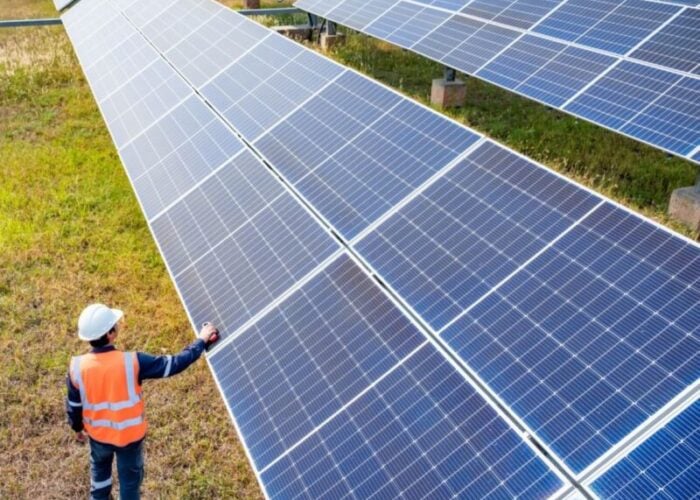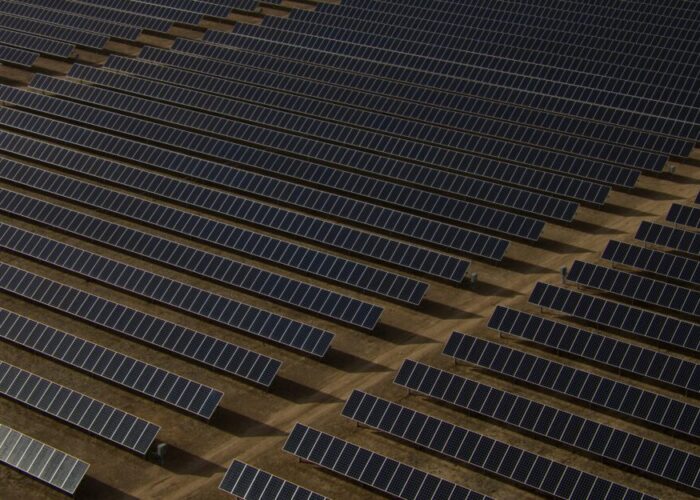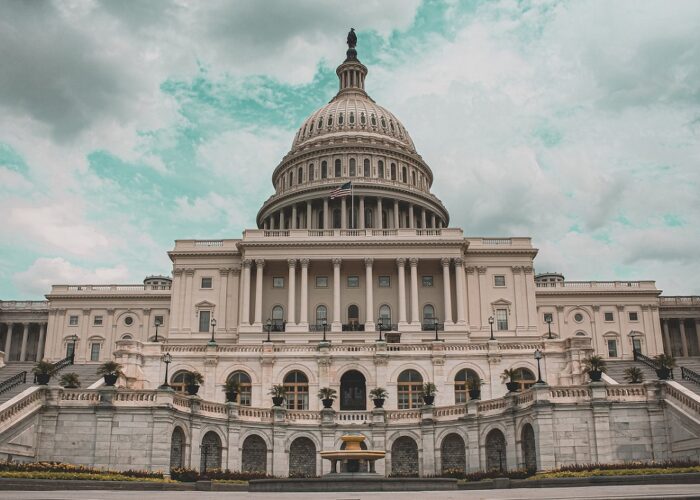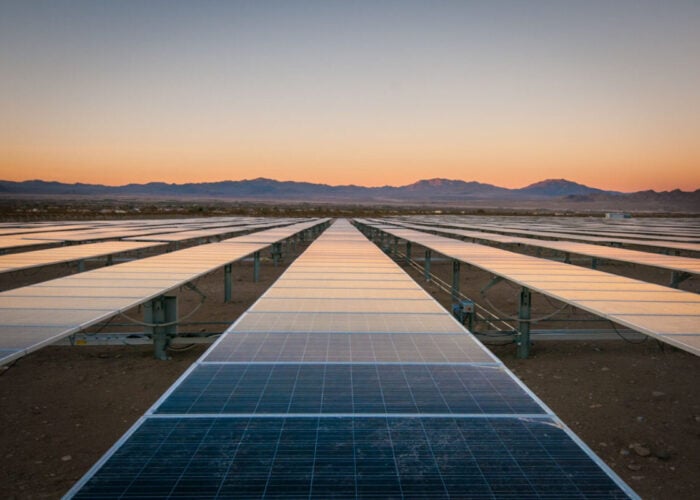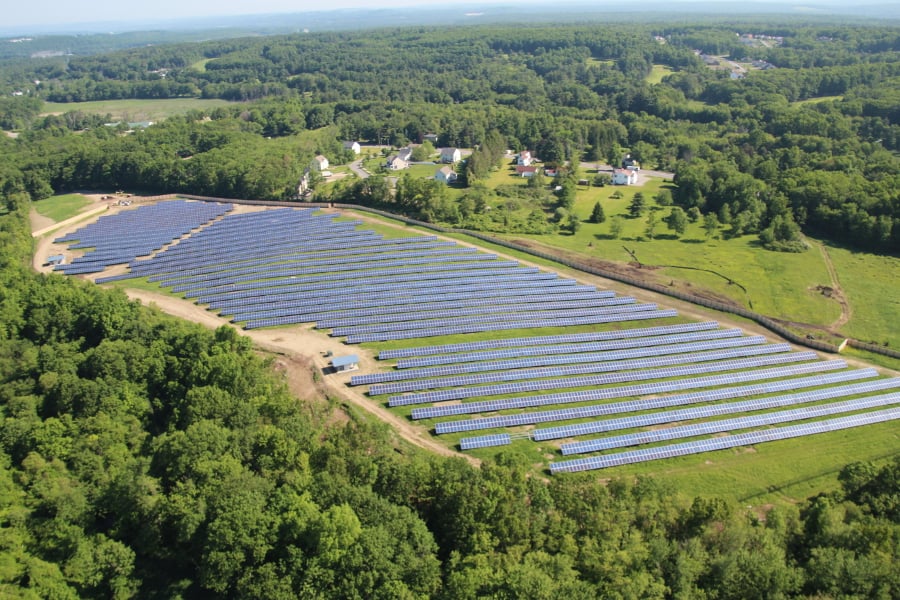
The US state of Massachusetts has issued an emergency regulation to its Solar Massachusetts Renewable Target (SMART) programme, that includes doubling the PV capacity it seeks to help deploy as well as mandating the addition of energy storage on projects over 500kW.
In a move that national trade body Solar Energy Industries Association (SEIA) said will “help stabilise the solar industry” during the difficult period of the COVID-19 crisis, Massachusetts Governor Charlie Baker and other policy makers announced on 14 April a set of revisions to the existing programme. SMART will now support 3,200MW of new solar generating capacity, instead of 1,600MW, the revised document reads.
Unlock unlimited access for 12 whole months of distinctive global analysis
Photovoltaics International is now included.
- Regular insight and analysis of the industry’s biggest developments
- In-depth interviews with the industry’s leading figures
- Unlimited digital access to the PV Tech Power journal catalogue
- Unlimited digital access to the Photovoltaics International journal catalogue
- Access to more than 1,000 technical papers
- Discounts on Solar Media’s portfolio of events, in-person and virtual
Under the SMART programme, solar power system owners in the Commonwealth of Massachusetts receive fixed rate payments for the solar energy they produce based on the kilowatt-hours of power produced. Those agreements last 10 years and vary based on system size, with owners of smaller systems receiving a little more than double what larger systems get, per kilowatt-hour.
Electric distribution company service areas are each set an amount of capacity eligible for awards. This was originally set in proportion to the electrical load served to customers in their services areas in 2016, but the revision now states that the energy department may update that capacity based on updated data as becomes available.
The emergency revision includes various other provisions, including set-asides for at least 5% of available capacity in each awarded ‘capacity block’ to go to low-income community areas. Low-income area projects also receive the highest compensation rates under the programme. Also added were provisions to enable mid-sized and community projects of between 25kW and 500kW, as well as provisions favouring floating solar installations and solar canopies.
Under the SMART programme, an extra ‘energy storage adder’ incentive can be triggered if solar projects – described as Solar Tariff Generation Units for the purposes of the scheme – are co-located with an energy storage system that has a nominal rated power capacity of more than 25% of the solar system. Perhaps most striking of the other revisions is the requirement that Solar Tariff Generation Units >500kW that apply for the SMART incentives now have to be co-located with an energy storage system.
For now, the SMART portal has been closed for applications, but is anticipated to reopen for new applications on 18 May 2020. Details on the Emergency Rulemaking can be found here as part of the Massachusetts Government SMART programme site.
“SEIA thanks Governor Baker, Secretary Theoharides, and Commissioner Woodcock for releasing the SMART program expansion during these difficult times. Amidst the COVID-19 crisis, the Baker-Polito Administration has doubled the size of the SMART program, a move that will help stabilise the solar industry — one of the bright spots in the Massachusetts economy — and keep people working. We appreciate the ongoing dialogue we’ve had with Governor Baker’s administration on this reform package, and we are examining the impact of certain new restrictions on the pace of larger-scale development in the Commonwealth,” SEIA senior director of state affairs North-East, David Gahl, said.
“With this action today, Massachusetts took a positive step toward creating new solar jobs and meeting its aggressive clean energy goals, but there is more work to do on both fronts. We’re ready to work with the Governor and the legislature to find other solutions during this time of economic crisis.”
Massachusetts is aiming for 50% renewable portfolio standard (RPS) by 2030. The state recently also introduced a US-wide first ‘Clean Peak Standard’, whereby a proportion of generated power put onto the grid to meet peak demand must be from renewable sources. While the standard for the 2020 compliance year is relatively low at 1.5% of sales by retail electricity suppliers that have to be met with Clean Peak Energy Certificates, the rule has been seen as an important step forward that sends a positive investment signal to the market. Meanwhile energy storage systems in the area, including those co-located with solar, can play into the regional New England ISO wholesale markets. The combination of favourable policy and support programmes has brought online a lot of projects from big names including a recent tranche of 19 MW / 38 MWh by ENGIE Storage.

